
My Opinion | 132105 Views | Aug 14,2021
Mar 9 , 2025
By Abebe Gebrehiwot Yihdego
My time in Amsterdam, the Netherlands, pursuing postgraduate studies and working at the International Bureau of Fiscal Documentation (IBFD), left a lasting impression. I vividly recall the city's intricate canals and grasped first-hand the challenges of living below sea level.
The Netherlands' history, shaped by catastrophic floods and the harrowing Dutch Hunger Winter of 1944–45, when millions suffered severe starvation, demonstrates how resilience can transform a country's trajectory. During that desperate winter, survival meant eating grass and tulip bulbs, grim reminders of vulnerability and human perseverance. Such historical struggles offer essential lessons in ensuring food security and national development. An old Dutch saying, "God created the Earth, but the Dutch created the Netherlands," resonated deeply with me.
The Dutch's relentless land reclamation efforts, building dikes, canals, and polders to convert marshlands into productive land and habitable spaces, asserted their innovative spirit. Coupled with their powerful maritime and trading empire, this helped establish the Dutch's economic prosperity and global influence.
This history prompts a reflection on transformative efforts unfolding today in Ethiopia, especially in Addis Abeba. Also, the African Union (AU) seat, Addis Abeba has long symbolised African unity and diplomacy. Despite this status, the city has historically struggled to keep pace with international standards and its rapidly expanding population. Persistent issues such as distorted urban planning, overcrowded housing, narrow public spaces, and deteriorating infrastructure have long plagued it.
Changing this seemed nearly impossible, until Prime Minister Abiy Ahmed (PhD) undertook a bold vision for transformation.
Adopting what could be named a "reverse engineering" model, Abiy has aggressively pushed forward ambitious projects to modernise and elevate the capital. His efforts echo, in spirit, the Dutch's systematic water management and land reclamation. For instance, Ethiopia now successfully cultivates wheat in the Afar and Somali regional states, previously considered unsuitable for agriculture. This initiative has increased national grain production, introducing irrigated farming and enabling multiple harvests each year. Ethiopia's newfound capability to achieve food security is a goal once deemed unreachable.
Another notable achievement is the recently opened Addis International Convention Centre (AICC), seems a landmark built to satisfy my heartfelt jealousy when visiting the Kigali Convention Centre. This state-of-the-art facility positions Ethiopia prominently on the world stage. Complementing this, Addis Abeba has witnessed rapid infrastructure development, including modern roads, buildings, parking facilities, parks, bicycle lanes, pedestrian-friendly walkways, and expansive public spaces. These initiatives reshape the city's skyline, dramatically improving the residents’ quality of life through increased recreational areas and green spaces.
Ethiopia’s progress, particularly in Addis Abeba, serves as a model of ambition and execution for other African countries. Initiatives like Gebeta Lehager, Gebeta Lesheger, and Gebeta Letiwuld have diversified tourism, creating eco-friendly destinations such as Wenchi Lake. Sustainable tourism elevates local communities economically, hence the rapid completion of prominent projects, such as developments along the Piassa and Arat Kilo corridors, demonstrates the Administration’s dedication to timely delivery and tangible improvement.
The Prime Minister's emphasis on efficiency has consistently delivered impressive results. Notable achievements demonstrated his effective leadership, supported by committed public officials and active private-sector participation.
However, this rapid transformation has not been without criticism. Transparency remains at the crux of the overwhelming discontent.
It is reported that public access to essential information, such as details about project funding, compensation methods, and environmental assessments, social placement, preservation of heritage, relocation support, remains limited. Federal officials should encourage trust through improved public consultation and unambiguous communication to secure widespread support and achieve truly inclusive growth. Transparency and active public engagement are crucial in reducing misinformation, easing social tensions, and ensuring sustainable progress.
A notable example of positively addressing social displacement (socially responsive approach) is the Gelan Gura neighborhood. Developed explicitly for residents relocated from the Cazanchis area, Gelan Gura includes housing, commercial spaces, schools, healthcare facilities, a police station, and communal areas. Relocated residents confirmed that these improvements have raised living standards. Despite these positive steps, the need for active communication, transparency, and grievance mechanisms persists.
The large scale and speed of the corridor projects raise risks of mismanagement, misinformation, and inefficient resource allocation, bringing to the officials' the necessity for careful oversight and accountability.
Efforts to enhance communication and public engagement are underway, with the City Administration actively involving community representatives. Mayor Adanech Abiebie and her team demonstrate a strong commitment to managing corridor projects through dedicated task forces responsible for daily operations. Their diligent oversight helps advance the city's transformation while systematically addressing public concerns.
PUBLISHED ON
Mar 09, 2025 [ VOL
25 , NO
1297]


My Opinion | 132105 Views | Aug 14,2021

My Opinion | 128507 Views | Aug 21,2021

My Opinion | 126435 Views | Sep 10,2021

My Opinion | 124046 Views | Aug 07,2021
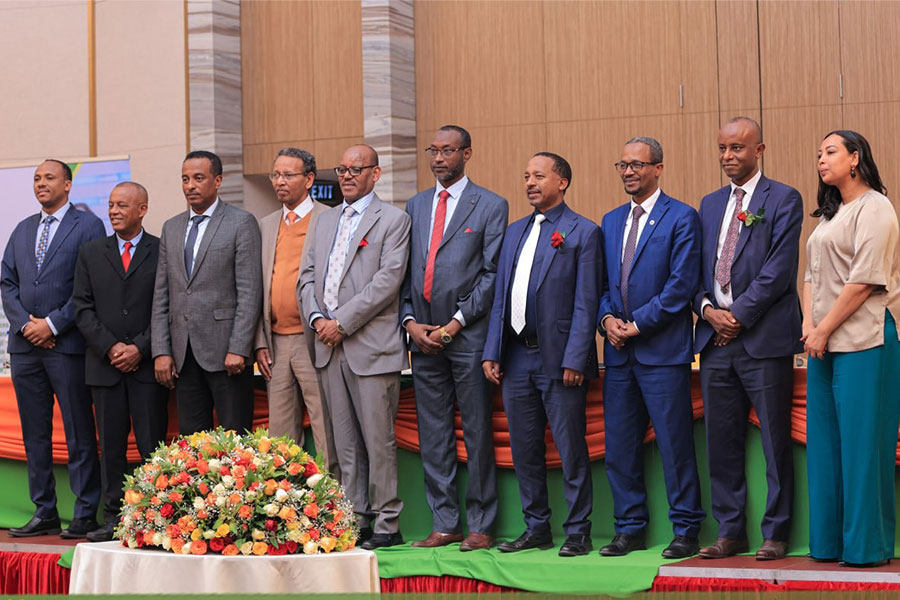

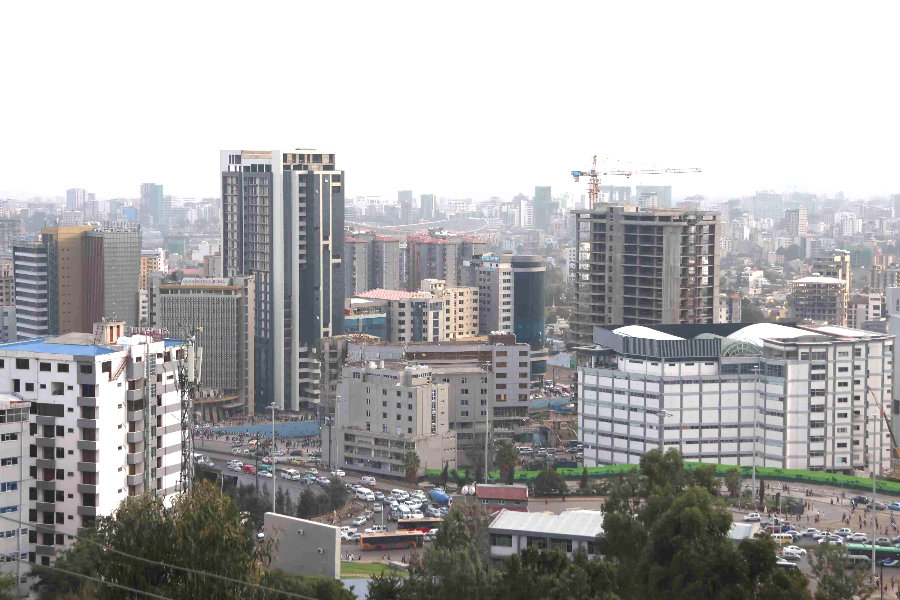
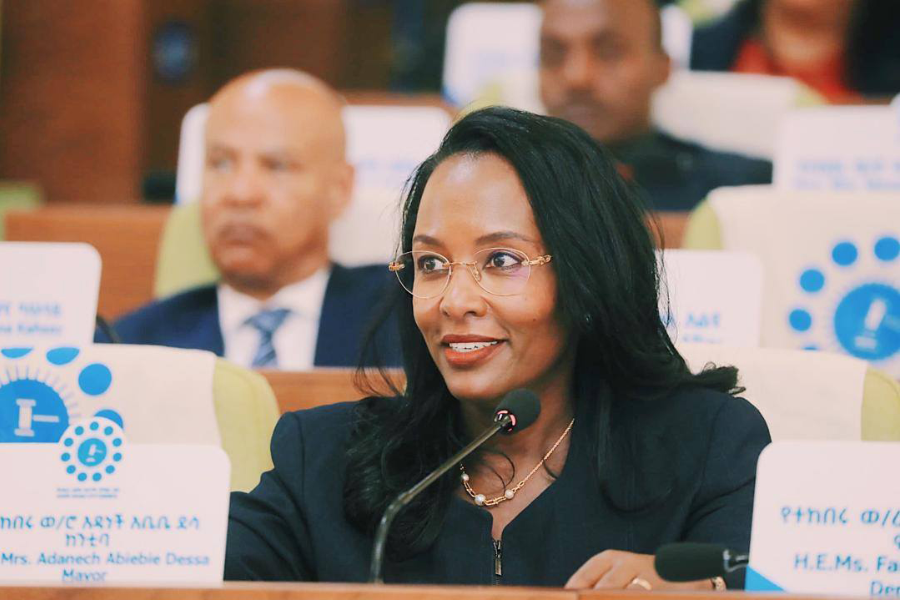
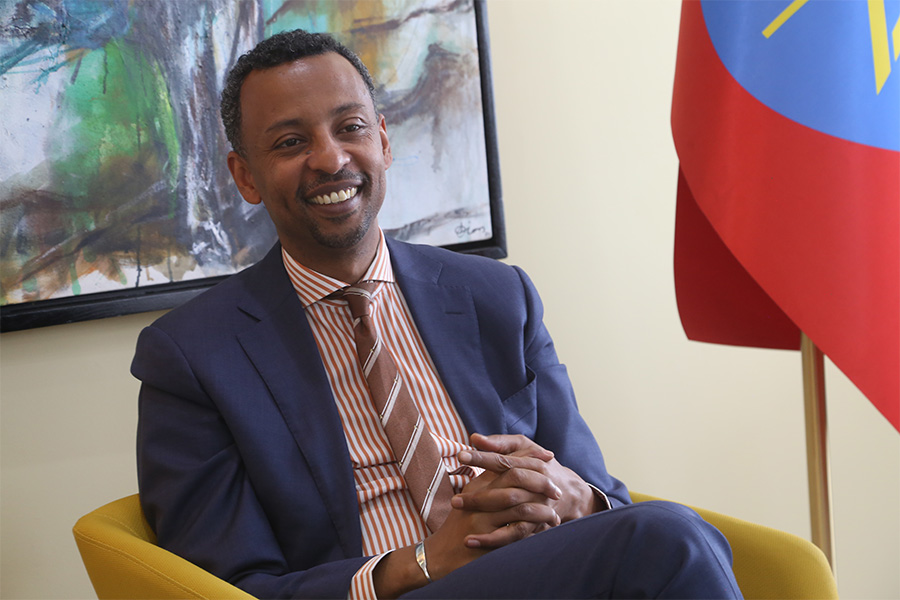
Dec 22 , 2024 . By TIZITA SHEWAFERAW
Charged with transforming colossal state-owned enterprises into modern and competitiv...

Aug 18 , 2024 . By AKSAH ITALO
Although predictable Yonas Zerihun's job in the ride-hailing service is not immune to...
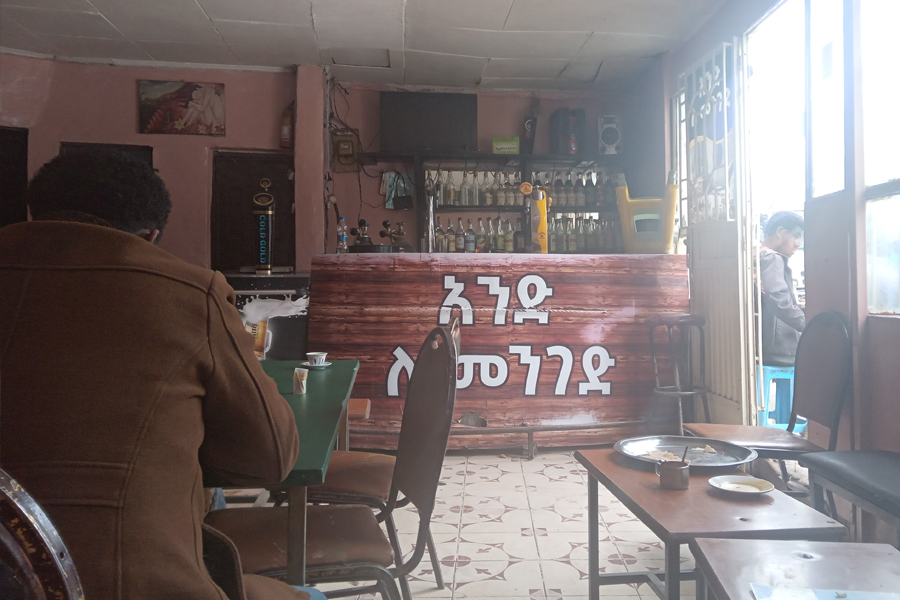
Jul 28 , 2024 . By TIZITA SHEWAFERAW
Unhabitual, perhaps too many, Samuel Gebreyohannes, 38, used to occasionally enjoy a couple of beers at breakfast. However, he recently swit...

Jul 13 , 2024 . By AKSAH ITALO
Investors who rely on tractors, trucks, and field vehicles for commuting, transporting commodities, and f...

Jul 12 , 2025
Political leaders and their policy advisors often promise great leaps forward, yet th...

Jul 5 , 2025
Six years ago, Ethiopia was the darling of international liberal commentators. A year...
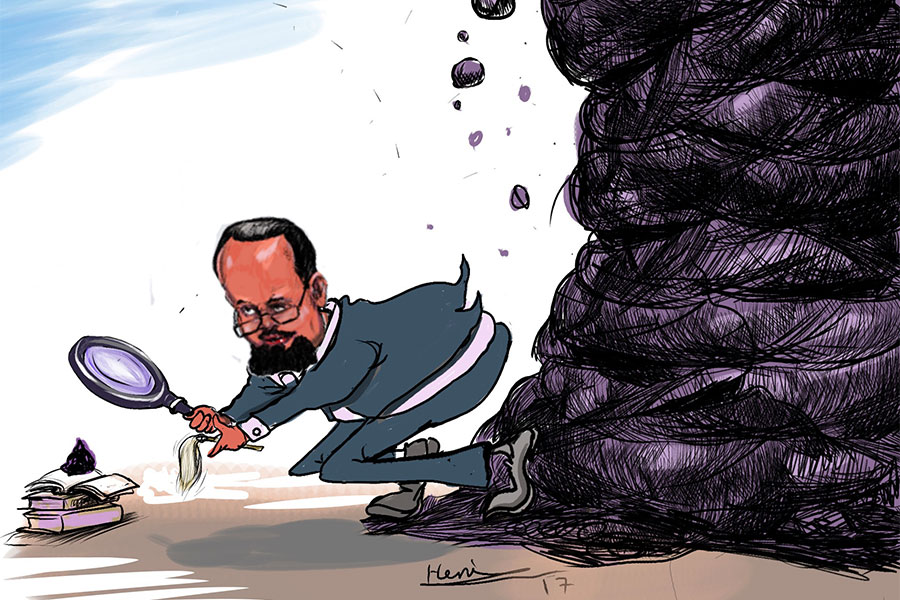
Jun 28 , 2025
Meseret Damtie, the assertive auditor general, has never been shy about naming names...
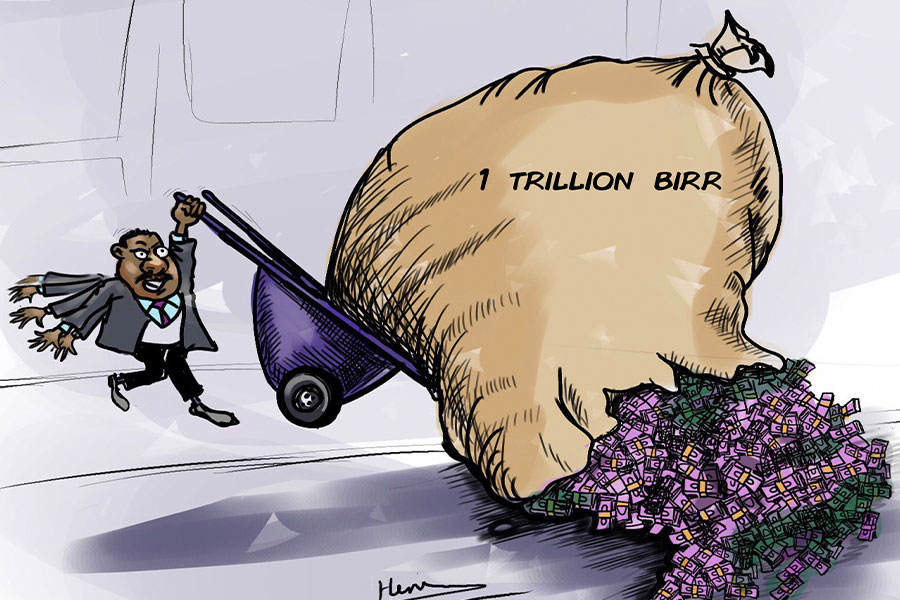
Jun 21 , 2025
A well-worn adage says, “Budget is not destiny, but it is direction.” Examining t...

Jul 13 , 2025 . By YITBAREK GETACHEW
The Addis Abeba City Revenue Bureau has introduced a new directive set to reshape how...

Jul 13 , 2025 . By BEZAWIT HULUAGER
Addis Abeba has approved a record 350 billion Br budget for the 2025/26 fiscal year,...

Jul 13 , 2025 . By RUTH BERHANU
The Addis Abeba Revenue Bureau has scrapped a value-added tax (VAT) on unprocessed ve...

Jul 13 , 2025 . By NAHOM AYELE
Federal lawmakers have finally brought closure to a protracted and contentious tax de...